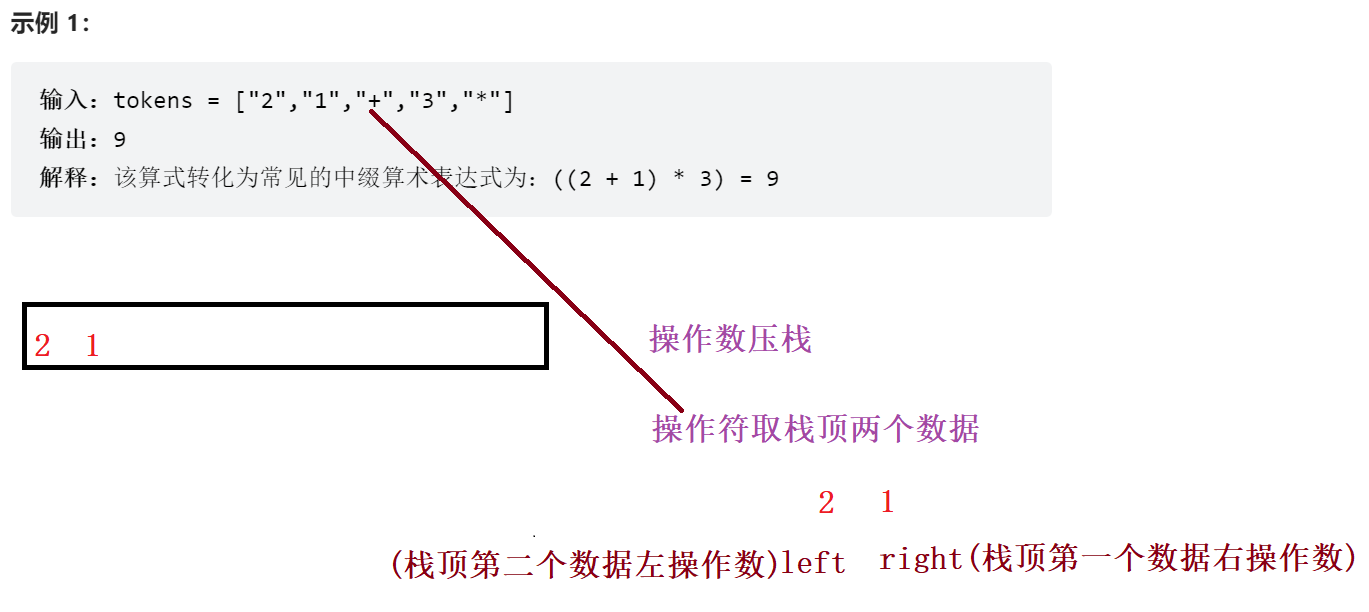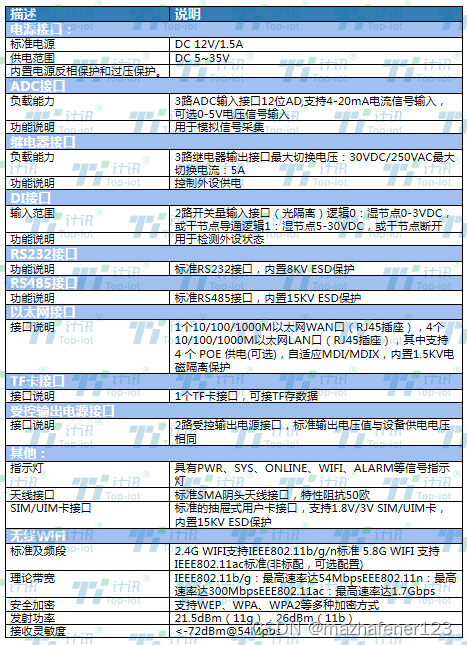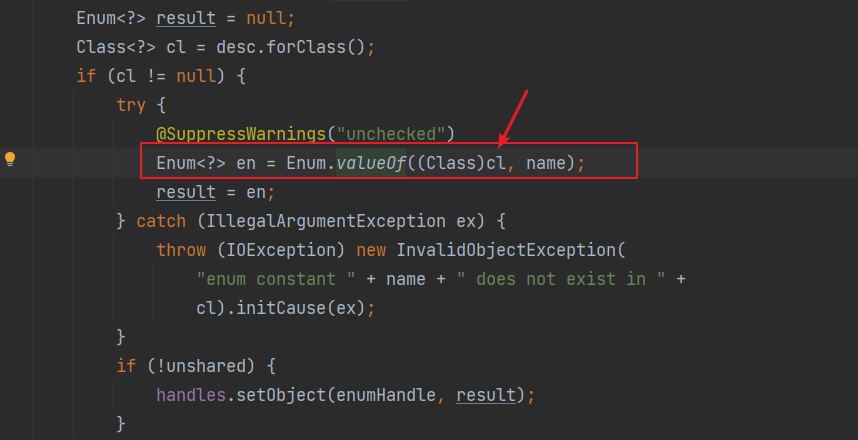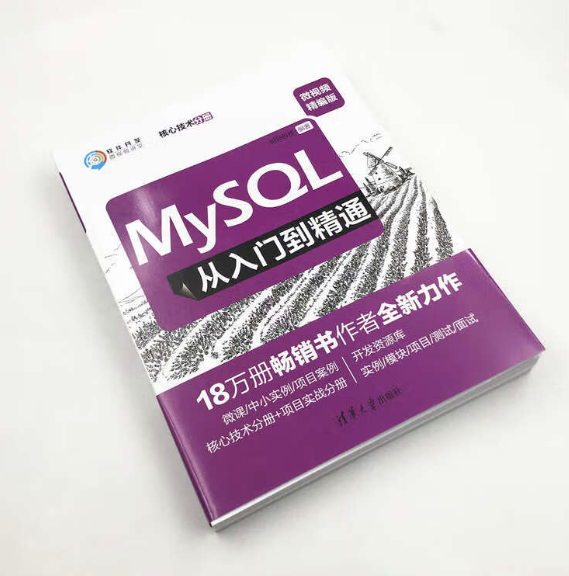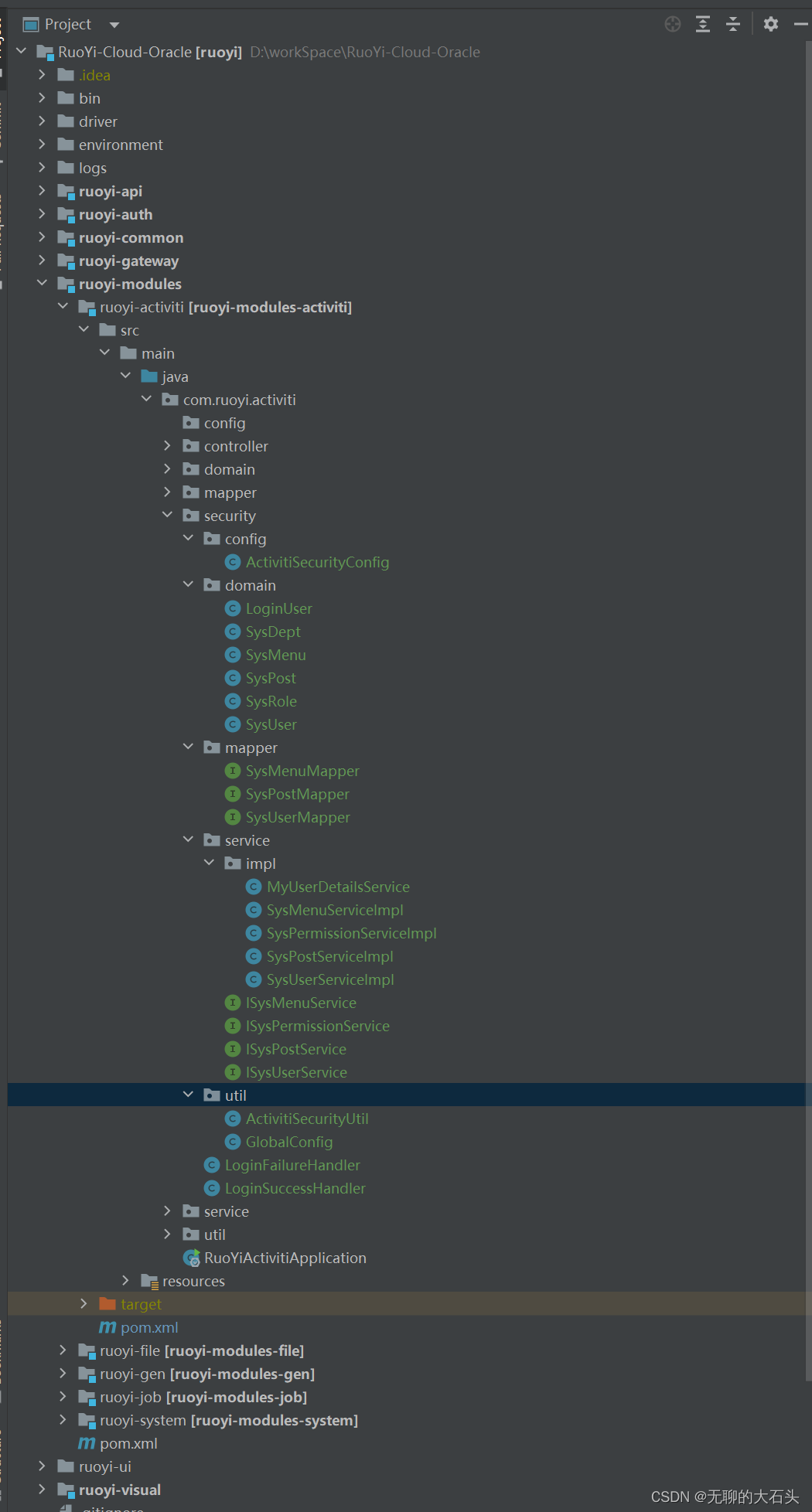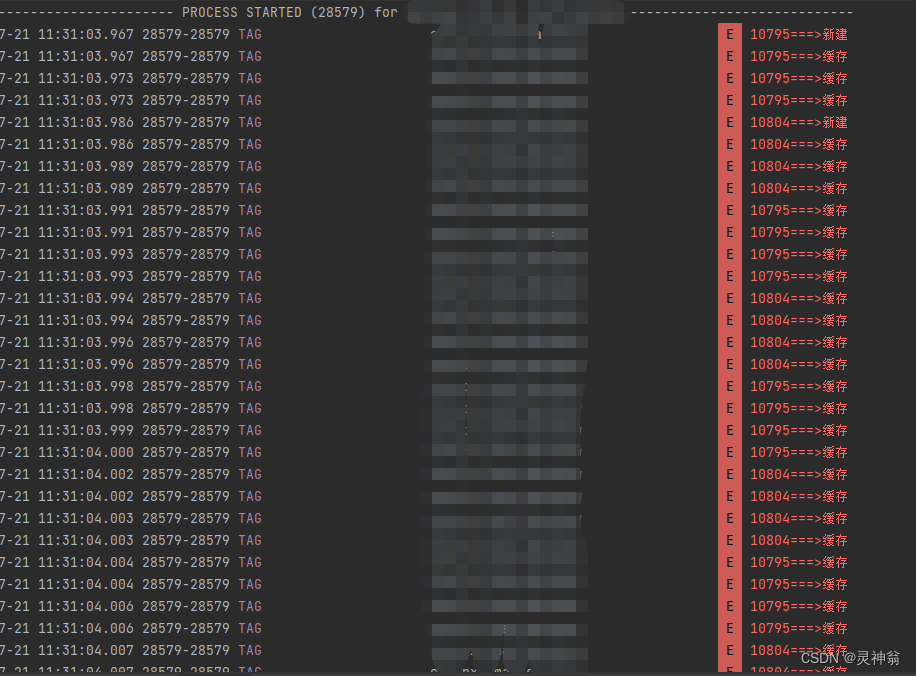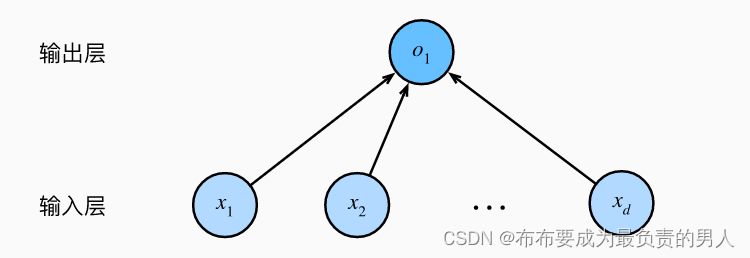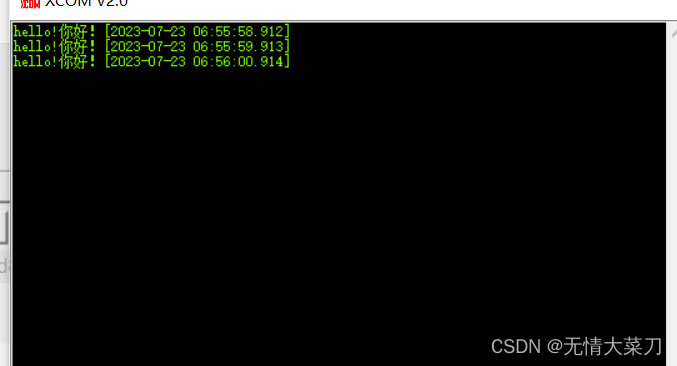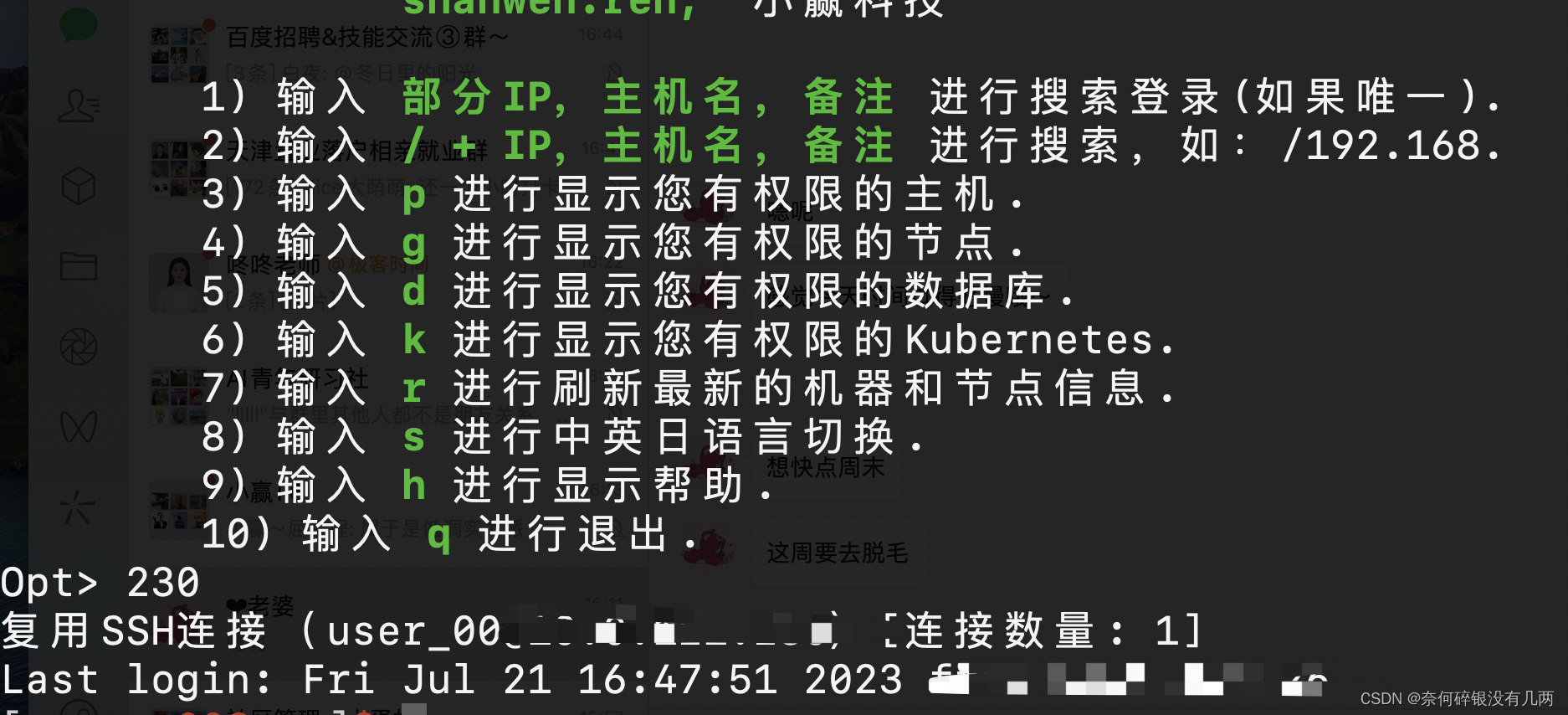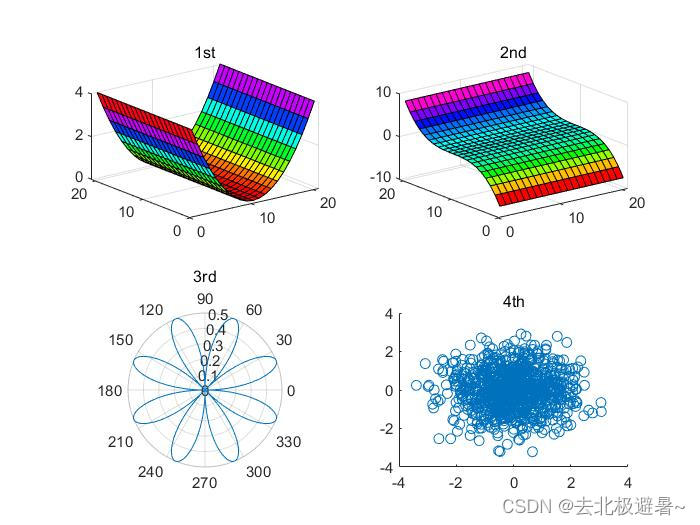- 做了一个超类, 用于支持不同的基础分类器. 这里为了减少代码量, 只实现了树桩分类器.
- 树桩分类器每次只将数据分成两堆, 与决策树相比, 简单至极. 当然, 这里处理的是实型数据, 而 ID3 处理的是符号型数据.
抽象分类器代码:
package dl;
import java.util.Random;
import weka.core.Instance;
/**
* The super class of any simple classifier.
*/
public abstract class SimpleClassifier {
/**
* The index of the current attribute.
*/
int selectedAttribute;
/**
* Weighted data.
*/
WeightedInstances weightedInstances;
/**
* The accuracy on the training set.
*/
double trainingAccuracy;
/**
* The number of classes. For binary classification it is 2.
*/
int numClasses;
/**
* The number of instances.
*/
int numInstances;
/**
* The number of conditional attributes.
*/
int numConditions;
/**
* For random number generation.
*/
Random random = new Random();
/**
******************
* The first constructor.
*
* @param paraWeightedInstances
* The given instances.
******************
*/
public SimpleClassifier(WeightedInstances paraWeightedInstances) {
weightedInstances = paraWeightedInstances;
numConditions = weightedInstances.numAttributes() - 1;
numInstances = weightedInstances.numInstances();
numClasses = weightedInstances.classAttribute().numValues();
}// Of the first constructor
/**
******************
* Train the classifier.
******************
*/
public abstract void train();
/**
******************
* Classify an instance.
*
* @param paraInstance
* The given instance.
* @return Predicted label.
******************
*/
public abstract int classify(Instance paraInstance);
/**
******************
* Which instances in the training set are correctly classified.
*
* @return The correctness array.
******************
*/
public boolean[] computeCorrectnessArray() {
boolean[] resultCorrectnessArray = new boolean[weightedInstances.numInstances()];
for (int i = 0; i < resultCorrectnessArray.length; i++) {
Instance tempInstance = weightedInstances.instance(i);
if ((int) (tempInstance.classValue()) == classify(tempInstance)) {
resultCorrectnessArray[i] = true;
} // Of if
// System.out.print("\t" + classify(tempInstance));
} // Of for i
// System.out.println();
return resultCorrectnessArray;
}// Of computeCorrectnessArray
/**
******************
* Compute the accuracy on the training set.
*
* @return The training accuracy.
******************
*/
public double computeTrainingAccuracy() {
double tempCorrect = 0;
boolean[] tempCorrectnessArray = computeCorrectnessArray();
for (int i = 0; i < tempCorrectnessArray.length; i++) {
if (tempCorrectnessArray[i]) {
tempCorrect++;
} // Of if
} // Of for i
double resultAccuracy = tempCorrect / tempCorrectnessArray.length;
return resultAccuracy;
}// Of computeTrainingAccuracy
/**
******************
* Compute the weighted error on the training set. It is at least 1e-6 to
* avoid NaN.
*
* @return The weighted error.
******************
*/
public double computeWeightedError() {
double resultError = 0;
boolean[] tempCorrectnessArray = computeCorrectnessArray();
for (int i = 0; i < tempCorrectnessArray.length; i++) {
if (!tempCorrectnessArray[i]) {
resultError += weightedInstances.getWeight(i);
} // Of if
} // Of for i
if (resultError < 1e-6) {
resultError = 1e-6;
} // Of if
return resultError;
}// Of computeWeightedError
} // Of class SimpleClassifier树桩分类器代码:
package dl;
import weka.core.Instance;
import java.io.FileReader;
import java.util.*;
/**
* The stump classifier.
*/
public class StumpClassifier extends SimpleClassifier {
/**
* The best cut for the current attribute on weightedInstances.
*/
double bestCut;
/**
* The class label for attribute value less than bestCut.
*/
int leftLeafLabel;
/**
* The class label for attribute value no less than bestCut.
*/
int rightLeafLabel;
/**
******************
* The only constructor.
*
* @param paraWeightedInstances
* The given instances.
******************
*/
public StumpClassifier(WeightedInstances paraWeightedInstances) {
super(paraWeightedInstances);
}// Of the only constructor
/**
******************
* Train the classifier.
******************
*/
public void train() {
// Step 1. Randomly choose an attribute.
selectedAttribute = random.nextInt(numConditions);
// Step 2. Find all attribute values and sort.
double[] tempValuesArray = new double[numInstances];
for (int i = 0; i < tempValuesArray.length; i++) {
tempValuesArray[i] = weightedInstances.instance(i).value(selectedAttribute);
} // Of for i
Arrays.sort(tempValuesArray);
// Step 3. Initialize, classify all instances as the same with the
// original cut.
int tempNumLabels = numClasses;
double[] tempLabelCountArray = new double[tempNumLabels];
int tempCurrentLabel;
// Step 3.1 Scan all labels to obtain their counts.
for (int i = 0; i < numInstances; i++) {
// The label of the ith instance
tempCurrentLabel = (int) weightedInstances.instance(i).classValue();
tempLabelCountArray[tempCurrentLabel] += weightedInstances.getWeight(i);
} // Of for i
// Step 3.2 Find the label with the maximal count.
double tempMaxCorrect = 0;
int tempBestLabel = -1;
for (int i = 0; i < tempLabelCountArray.length; i++) {
if (tempMaxCorrect < tempLabelCountArray[i]) {
tempMaxCorrect = tempLabelCountArray[i];
tempBestLabel = i;
} // Of if
} // Of for i
// Step 3.3 The cut is a little bit smaller than the minimal value.
bestCut = tempValuesArray[0] - 0.1;
leftLeafLabel = tempBestLabel;
rightLeafLabel = tempBestLabel;
// Step 4. Check candidate cuts one by one.
// Step 4.1 To handle multi-class data, left and right.
double tempCut;
double[][] tempLabelCountMatrix = new double[2][tempNumLabels];
for (int i = 0; i < tempValuesArray.length - 1; i++) {
// Step 4.1 Some attribute values are identical, ignore them.
if (tempValuesArray[i] == tempValuesArray[i + 1]) {
continue;
} // Of if
tempCut = (tempValuesArray[i] + tempValuesArray[i + 1]) / 2;
// Step 4.2 Scan all labels to obtain their counts wrt. the cut.
// Initialize again since it is used many times.
for (int j = 0; j < 2; j++) {
for (int k = 0; k < tempNumLabels; k++) {
tempLabelCountMatrix[j][k] = 0;
} // Of for k
} // Of for j
for (int j = 0; j < numInstances; j++) {
// The label of the jth instance
tempCurrentLabel = (int) weightedInstances.instance(j).classValue();
if (weightedInstances.instance(j).value(selectedAttribute) < tempCut) {
tempLabelCountMatrix[0][tempCurrentLabel] += weightedInstances.getWeight(j);
} else {
tempLabelCountMatrix[1][tempCurrentLabel] += weightedInstances.getWeight(j);
} // Of if
} // Of for i
// Step 4.3 Left leaf.
double tempLeftMaxCorrect = 0;
int tempLeftBestLabel = 0;
for (int j = 0; j < tempLabelCountMatrix[0].length; j++) {
if (tempLeftMaxCorrect < tempLabelCountMatrix[0][j]) {
tempLeftMaxCorrect = tempLabelCountMatrix[0][j];
tempLeftBestLabel = j;
} // Of if
} // Of for i
// Step 4.4 Right leaf.
double tempRightMaxCorrect = 0;
int tempRightBestLabel = 0;
for (int j = 0; j < tempLabelCountMatrix[1].length; j++) {
if (tempRightMaxCorrect < tempLabelCountMatrix[1][j]) {
tempRightMaxCorrect = tempLabelCountMatrix[1][j];
tempRightBestLabel = j;
} // Of if
} // Of for i
// Step 4.5 Compare with the current best.
if (tempMaxCorrect < tempLeftMaxCorrect + tempRightMaxCorrect) {
tempMaxCorrect = tempLeftMaxCorrect + tempRightMaxCorrect;
bestCut = tempCut;
leftLeafLabel = tempLeftBestLabel;
rightLeafLabel = tempRightBestLabel;
} // Of if
} // Of for i
System.out.println("Attribute = " + selectedAttribute + ", cut = " + bestCut + ", leftLeafLabel = "
+ leftLeafLabel + ", rightLeafLabel = " + rightLeafLabel);
}// Of train
/**
******************
* Classify an instance.
*
* @param paraInstance
* The given instance.
* @return Predicted label.
******************
*/
public int classify(Instance paraInstance) {
int resultLabel = -1;
if (paraInstance.value(selectedAttribute) < bestCut) {
resultLabel = leftLeafLabel;
} else {
resultLabel = rightLeafLabel;
} // Of if
return resultLabel;
}// Of classify
/**
******************
* For display.
******************
*/
public String toString() {
String resultString = "I am a stump classifier.\r\n" + "I choose attribute #" + selectedAttribute
+ " with cut value " + bestCut + ".\r\n" + "The left and right leaf labels are " + leftLeafLabel
+ " and " + rightLeafLabel + ", respectively.\r\n" + "My weighted error is: " + computeWeightedError()
+ ".\r\n" + "My weighted accuracy is : " + computeTrainingAccuracy() + ".";
return resultString;
}// Of toString
/**
******************
* For unit test.
*
* @param args
* Not provided.
******************
*/
public static void main(String args[]) {
WeightedInstances tempWeightedInstances = null;
String tempFilename = "C:\\Users\\86183\\IdeaProjects\\deepLearning\\src\\main\\java\\resources\\iris.arff";
try {
FileReader tempFileReader = new FileReader(tempFilename);
tempWeightedInstances = new WeightedInstances(tempFileReader);
tempFileReader.close();
} catch (Exception ee) {
System.out.println("Cannot read the file: " + tempFilename + "\r\n" + ee);
System.exit(0);
} // Of try
StumpClassifier tempClassifier = new StumpClassifier(tempWeightedInstances);
tempClassifier.train();
System.out.println(tempClassifier);
System.out.println(Arrays.toString(tempClassifier.computeCorrectnessArray()));
}// Of main
}// Of class StumpClassifier结果:


